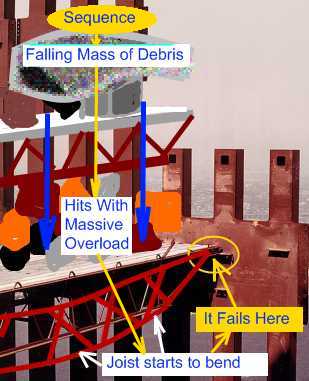Oystein
Senior Member
I suggets the following rule of thumb:
When a computer model output, using Blender or any other, more advanced physics engine, doesn't resemble the real world WTC collapse it's supposed to mimic, then there is something wrong with the model, not with reality.
I.o.w.: If you want to know what it looks like when a 47/110 storey skyscraper collapses due to fire, watch the 9/11/2001 news archives.
Model behaviour will not constitute evidence either way that "Truthers" and "Debunkers" would realistically agree upon, ever.
When a computer model output, using Blender or any other, more advanced physics engine, doesn't resemble the real world WTC collapse it's supposed to mimic, then there is something wrong with the model, not with reality.
I.o.w.: If you want to know what it looks like when a 47/110 storey skyscraper collapses due to fire, watch the 9/11/2001 news archives.
Model behaviour will not constitute evidence either way that "Truthers" and "Debunkers" would realistically agree upon, ever.

